Formula 1®
The Art of Pit Stops
Detailed planning, perfect teamwork and attention to detail make Formula 1 Pit Stops an art form in their own right. Our DHL Q&A’s explain the key points behind the art of the pit stop.
What are the main challenges for the drivers and the teams?
Pit stops are possibly the most visual evidence of why Formula 1 is a team sport. For the driver, they're being asked to position the car accurately within half a wheel diameter - or the size of a standard office ruler - at up to 80km/h without locking up. This really is a phenomenal display of car control. For the crew, they are required to keep their cool under intense pressure while knelt on the ground, inches away from a car approaching at the sort of speed a truck would do on a motorway. The people around the car during a pit stop don't change depending on the driver. They're a collection of crew members spanning a variety of roles within the race team. Not only do they undertake physical training to prepare for the demands of performing a sequence of good stops, they also carry out quite literally thousands of practice stops every season. A good, clean, safe stop requires total trust and confidence from all parties moving in unison. When a pit crew has routine and confidence, that's when they start to naturally build up speed. Reliability builds confidence, confidence builds speed.
Pit stops are possibly the most visual evidence of why Formula 1 is a team sport.
What defines a 'Good' pit stop?
It's easy to believe that pit stops are all about speed and, of course, every team works hard to push for the fastest possible times. But speed should never come at the cost of reliability. In practice, a top crew can change all four tires in around two seconds. However, finding a tenth here and there in the stop makes little difference relative to the potential loss through an error. If a tire is not correctly attached at the first attempt, a number of scenarios can emerge. If the crew notices the error in time, the car will be held longer in the box while the tire nut is re-attached, costing time and likely track position. If the car leaves the box with a loose tire, but stops in pit lane or makes it back around the lap, an unsafe release penalty will apply. This will be, at a minimum, a 10 second stop-and-go penalty, with the possibility of a grid penalty at the following race also being imposed. Or, in the worst-case scenario, the wheel detaches completely and the car is forced to retire. These are the sorts of situations teams must try to mitigate against. Getting it right first time is crucial during a pit stop.
How can a driver impact on pit stop performance?
There are three main elements to driver pit stop performance. The first is how accurately they can brake to the limiter line. In the ideal scenario, speed has been stable for a tenth or two as the car crosses that marker. Braking too early requires acceleration back up to the limit, braking too late will mean the car does not slow sufficiently to cross the line under the limit. The second element is braking into the box - enough to stop on the marks but not so early that the driver has to come off the brakes and then back onto them. Finally, there is the start from the box. The most crucial of these, however, is the entry to the box itself. Between a driver who comes into the box smoothly without locking the tires and one who locks up and stops long, the difference can be significant. Stopping 30cm long, for example, can cost up to eight tenths.
Getting it right first time is crucial during a pit stop.
What causes this loss?
If the car is off the marks by enough distance in any direction, the entire crew must adjust their positions accordingly, which costs time. As mentioned previously, the worst case is stopping too long. 30cm, which would be classed as a long way out of position, is a significant distance relative to the reach of an average human arm. At this discrepancy, the human ability to correct for the error disappears. The prime example is the gun men, as the wheel nut is now physically further out of their natural reach. In the most extreme case the gun men have to drop the gun from position, shuffle along by 15-20cm on their knees, bring the gun back up to position and connect to the nut.
What other factors can affect pit stop times?
Pit lane speed limits are another area of variation. Drivers are limited to 60km/h rather than 80km/h at certain events as it is too dangerous to be running any faster - and times will generally be longer as a result. In Melbourne, where the 60km/h limit is enforced for 289m, the loss is 21 seconds. In Montreal - a pit lane limited to 80km/h for 417m - that loss is just 17 seconds. Where races are border line on strategy, this becomes significant. Depending on track position, at some circuits it may be faster over a race distance to do more laps on a worn set of tyres than make an extra stop, as the pit lane loss is simply too great. The opposite is true of somewhere like Montreal, where pit lane time is quick enough to open up strategic options where the difference is marginal. Detailed planning of the pit stop is key.
However, Formula 1 is a highly competitive environment. Teams quickly realized that pit stops were the critical moment of the race that could decide vital positions and, ultimately, the win or defeat.
Differences in grip levels from the pit lane surface itself can also be a factor. Singapore gives the best traction of any pit lane on the calendar. Here, the organisers cover the ground with a layer of paint, followed by a sand-like material, then seal it all in with more paint. It's like driving on sandpaper, giving excellent grip. Other circuits, particularly those which are not used too often, can start with very low levels of grip at the beginning of a weekend. Performing pit stops will naturally aid this by ensuring more rubber is laid down - however in certain cases the drivers are requested to perform burnouts in the box to lay extra rubber down.
How have pit stops developed in recent years?
One thing is certain, development in Formula 1 never stops. What applies to cars and Power Units also applies to pit stops. When cars were refuelled before the current ban on filling up during stops, a good stop took approximately 4.5 seconds, two seconds longer than today. The reason is simple. Most of the time of around 4.5 seconds was needed for taking on fuel. Without refuelling, pit stop times were reduced, as is only logical. However, Formula 1 is a highly competitive environment. Teams quickly realized that pit stops were the critical moment of the race that could decide vital positions and, ultimately, the win or defeat. That was a wake-up call for the mechanics. Since then, stops have got faster with every race. Pit crews are in excellent physical condition. No longer do they go to the pub and have a beer but work out every day in the gym. Their reward comes at the end of the season as the fittest, fastest and best coordinated pit crew, not just gets better race results, but maybe even the DHL Pit Stop Award for the top pit crew of the season.

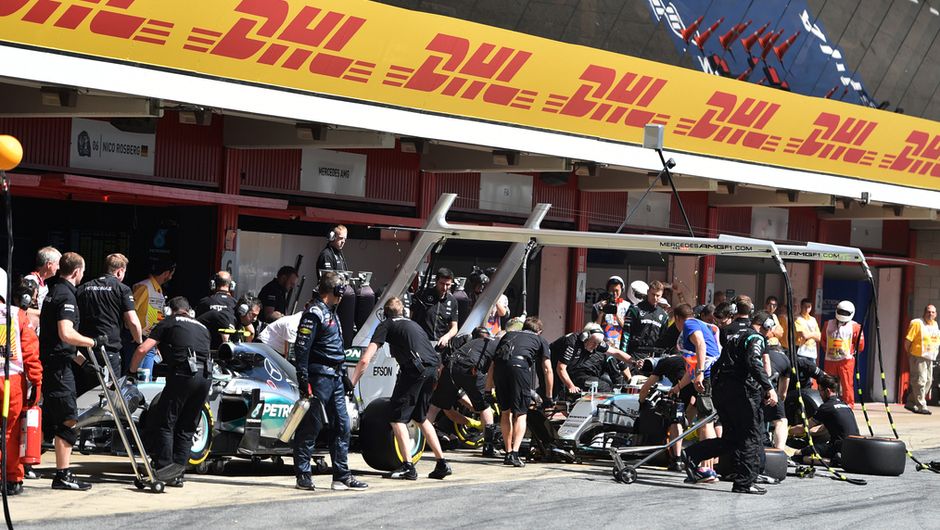
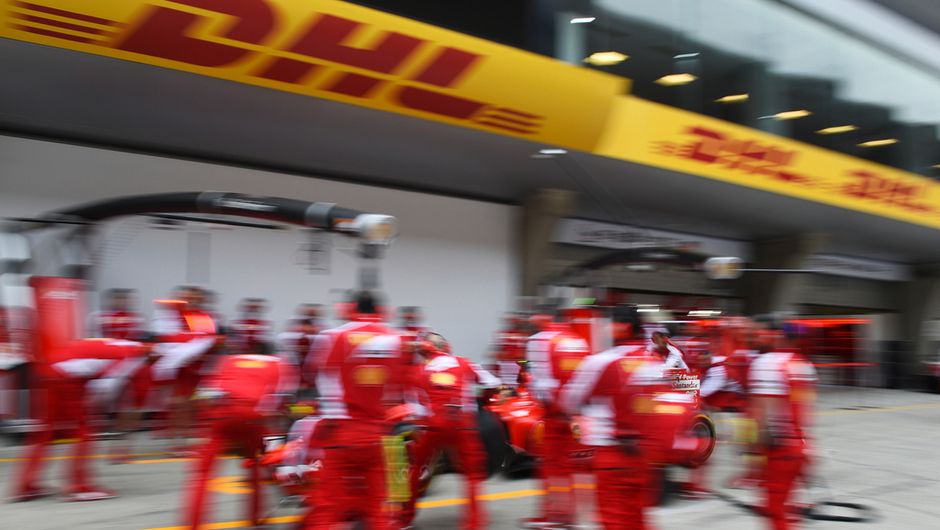
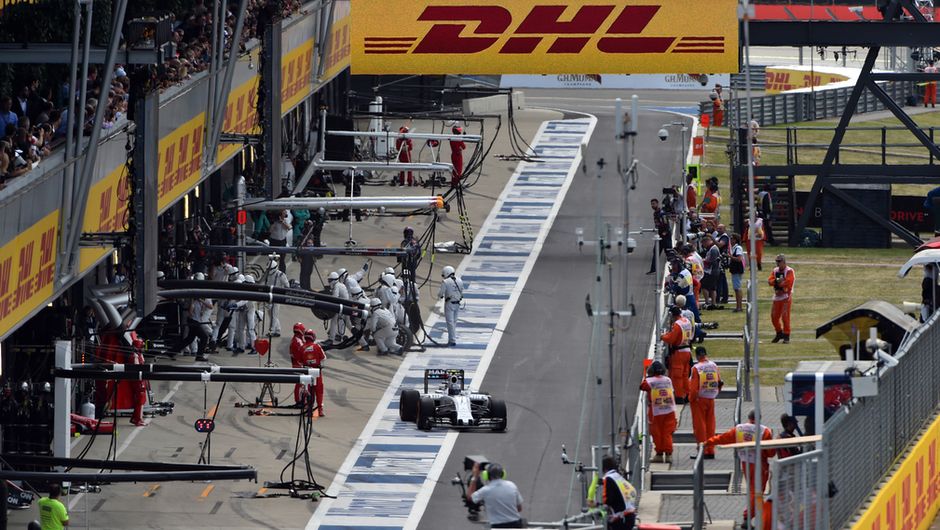
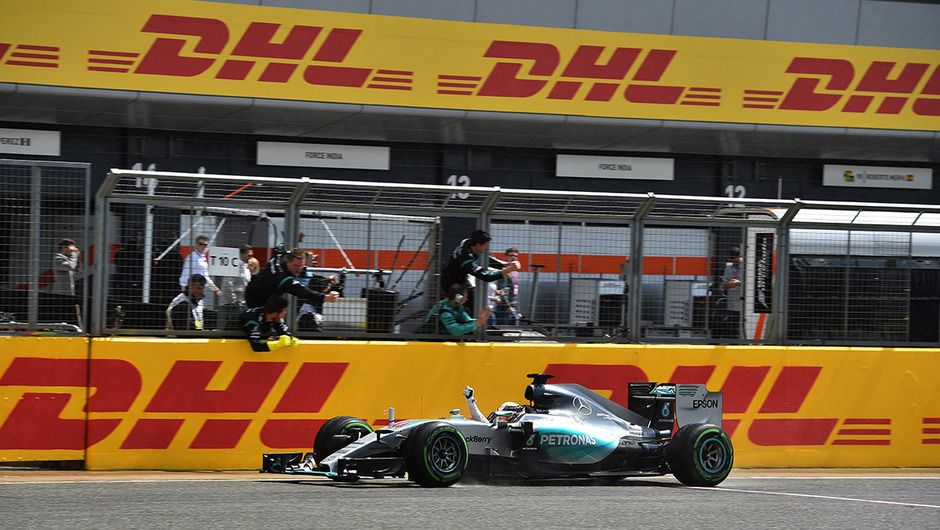
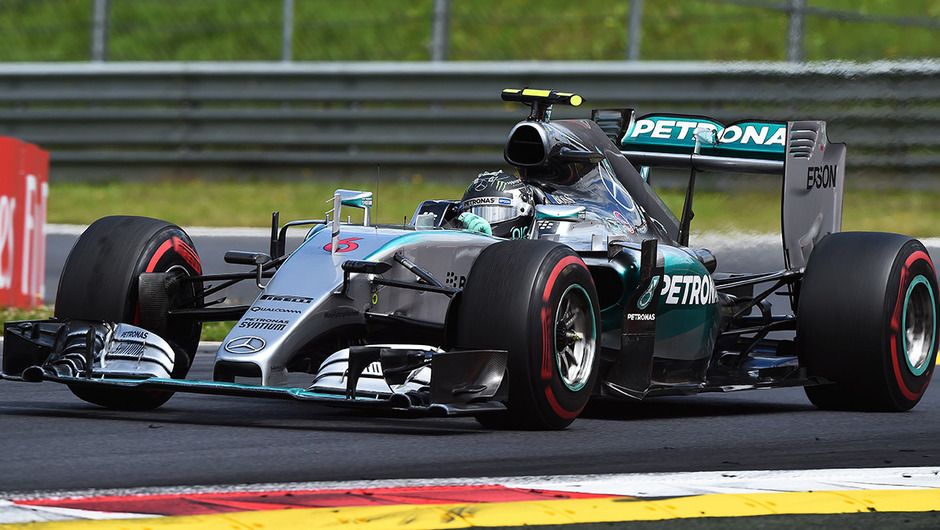
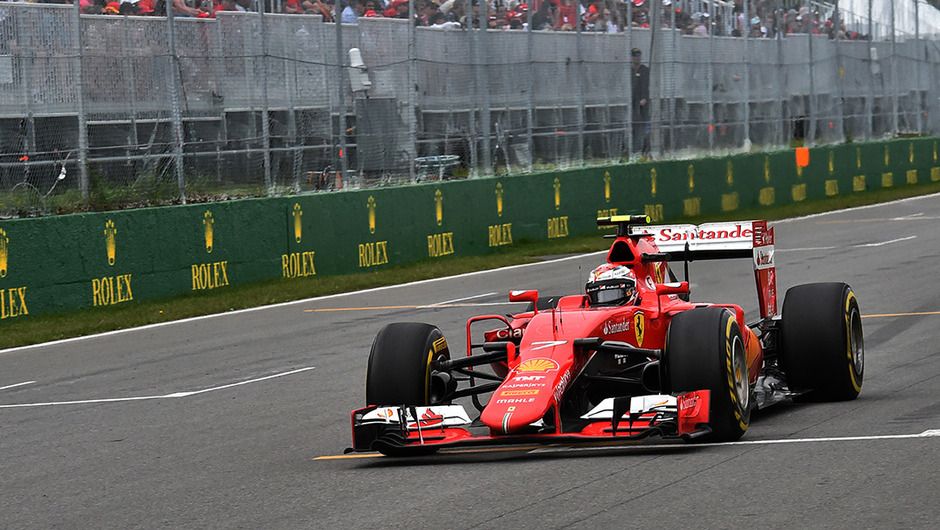
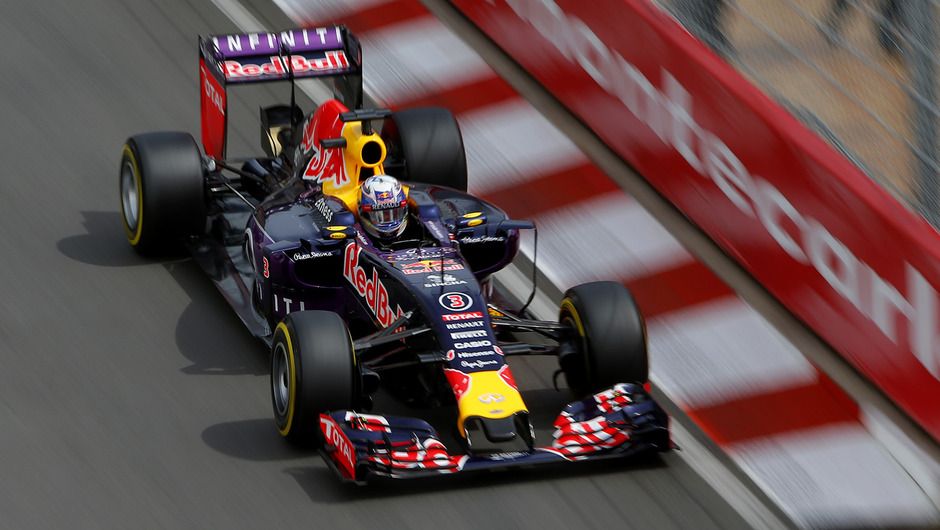
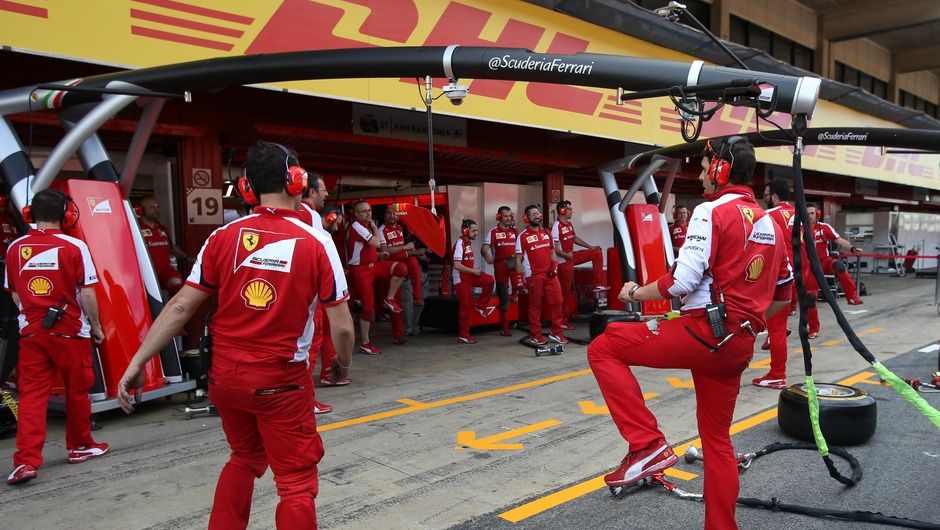
Content from disqus has been blocked because you did not allow to load it.
Loading the blocked content will adjust your privacy setting and content from this service will not be blocked in the future.
You have the right to revoke or change your decision at any time.
Posting Guidelines
All communications on Logistics of Things should be appropriate for a professional community, respecting the diverse views of individuals from different backgrounds. We will review all comments and reserve the right to terminate or restrict access to user's account and to delete any content posted through it, without notice and at our discretion, if we deem it to be overly promotional, offensive, or off topic.
All posting become property of DHL.